How to get my baby to sleep through the night.
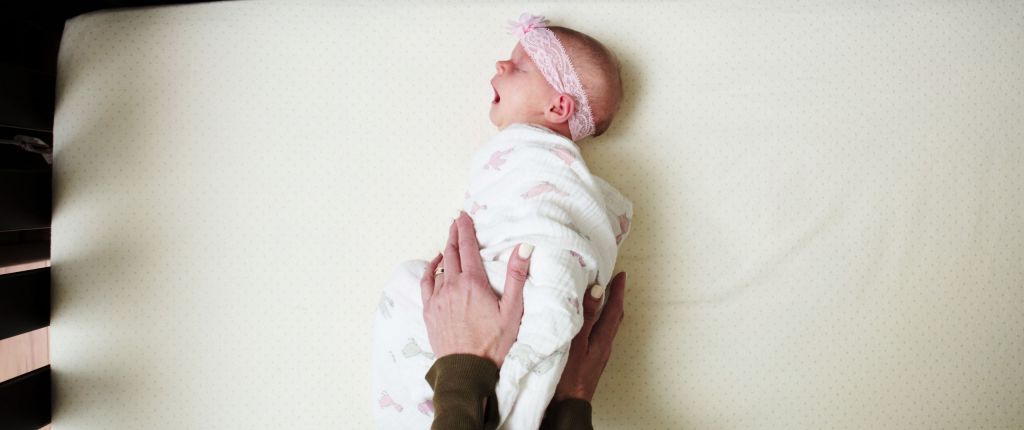
This is probably the most commonly asked sleep question for parents, and unfortunately there isn’t an easy answer! There are many factors involved when attempting to answer this question. It can depend on things like: How old is your baby? How much do they eat? How often do they eat? Were they premature? Do they […]
Creating a Safe Sleep Space: Routers
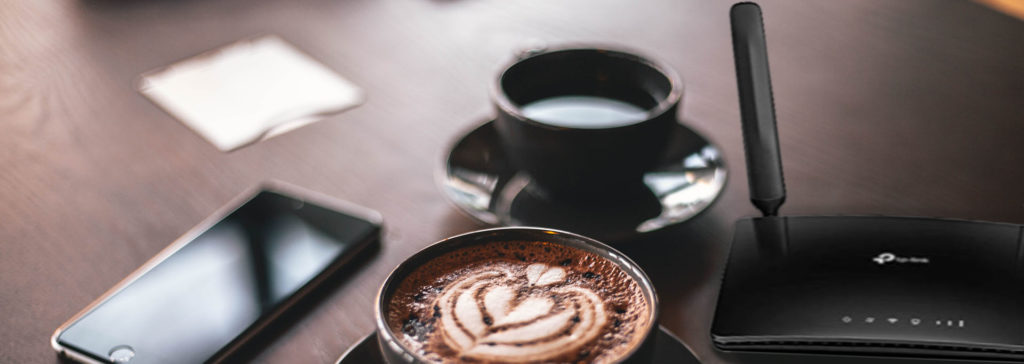
Alyssa Veneklase talks with Lisa Tiedt, Building Biologist and owner of Well Abode, about creating health sanctuaries in our homes. You can watch this video on YouTube. Alyssa: Hi. It’s Alyssa and Lisa here again. This is Part 3 of our series on how to create a low EMF sleep space, and we’ve kind […]
My Favorite Sleep Products

During sleep consultations I am often asked what my favorite products are. While I have many, parents must realize that my favorite sleep sack or swaddle may not be their child’s favorite! I will list several products in this blog and tell you why I like them, but you know your baby or child best. […]
Parenting and Sleep: Podcast Episode #98
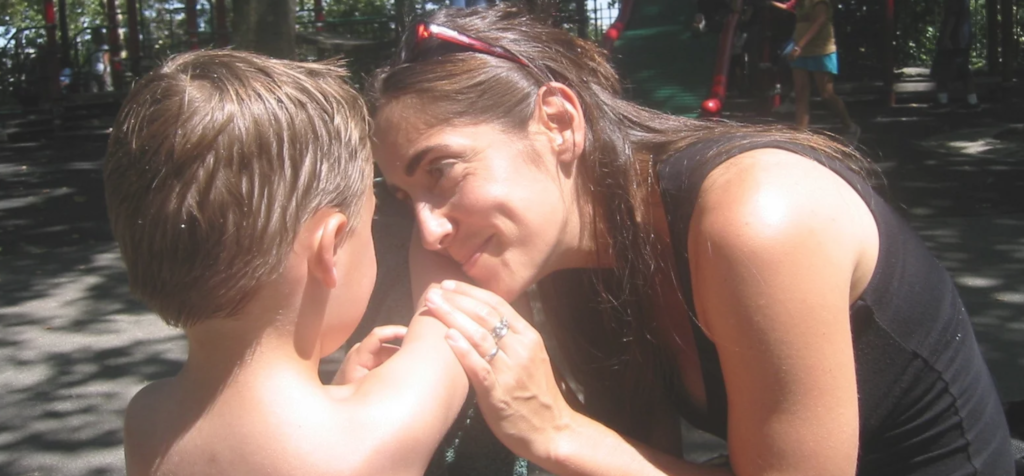
Laine Lipsky, Parenting Coach, talks with Alyssa today about the negative effects of sleep deprivation on children and parents. You can listen to this complete podcast episode on iTunes or SoundCloud. Alyssa: Hello and welcome to the Ask the Doulas Podcast. I am Alyssa Veneklase. I’m excited to be back with Laine Lipsky, parenting coach. […]
Coronavirus Update on Doulas: Podcast Episode #94
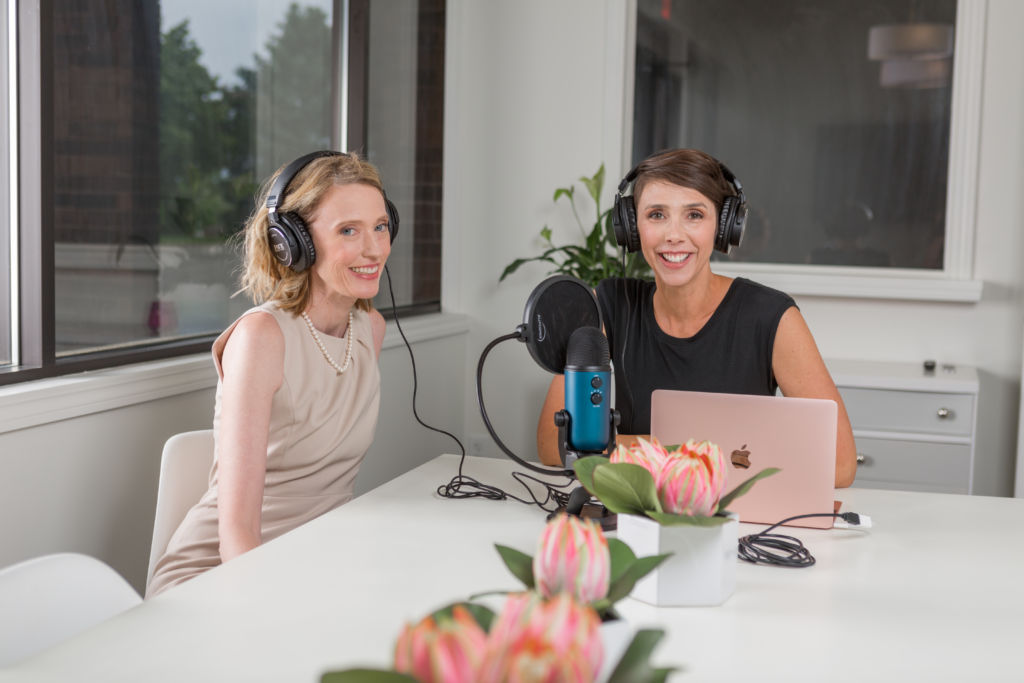
Kristin and Alyssa, Co-Owners of Gold Coast Doulas, give an update on doulas and the coronavirus. How is this affecting birth doulas in the hospital and postpartum doulas in the home? They also talk about virtual classes such as Mama Natural Online to help new parents stay prepared while social distancing. You can listen to […]
Chris’ Personal Sleep Story: Podcast Episode #73

Chris Emmer, a former client, talks about her sleep journey with daughter, Sam, and working with Alyssa. She started when Sam was six months old and cannot believe she waited so long to seek help. In a sleep-deprived fog, she finally called in “the big guns” for help! You can listen to this complete podcast […]
Expert Sleep Tips For Your Child (And You)!

Many of the tips I give parents during a sleep consult for their child apply to them as well. Although a baby’s sleep cycle is different from a toddler’s, and both are different than an adult’s, let’s talk about a few tips that apply to everyone and some that definitely do not! Sleep tips for […]
Podcast Episode #67: Dominique’s Sleep Story
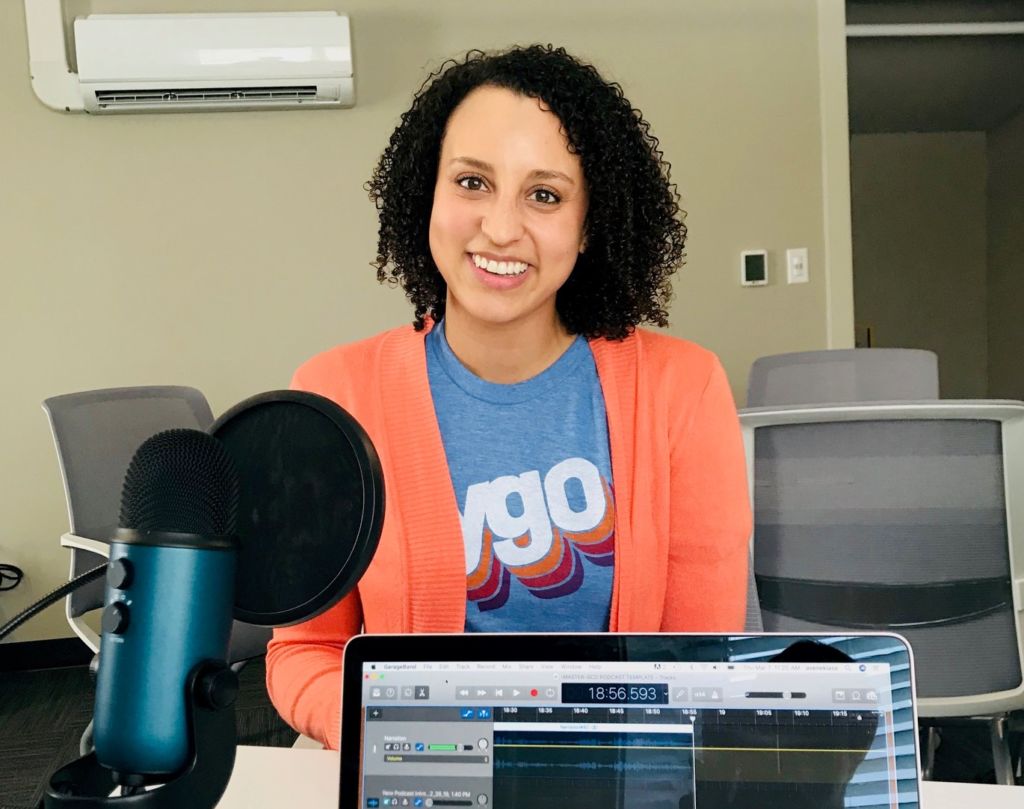
One of Alyssa’s past sleep clients tells us her story about hiring an expert to solve her daughter’s sleep issues. She is honest about the fears she had going into it, the misconceptions and myths about sleep training that were dispelled while working with Alyssa, and how on the first day they saw improvement! You […]
Podcast Episode #58: Sleep Misconceptions
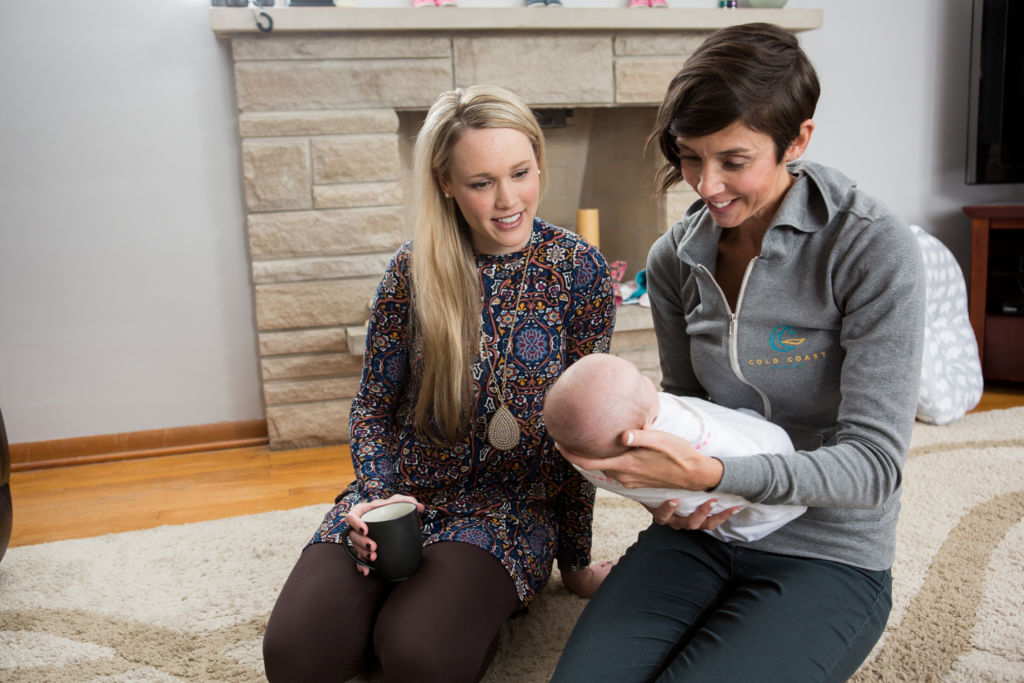
Gentle Sleep Consultant, Alyssa Veneklase, talks about the most common misconceptions around sleep training. If your baby sleeps through the night will your milk supply dry up? Can a baby really self-soothe? Will my baby feel abandoned? You can listen to this complete podcast on iTunes or SoundCloud. Kristin: Welcome to Ask the Doulas with […]
Podcast Episode #57: Sleep Consultations
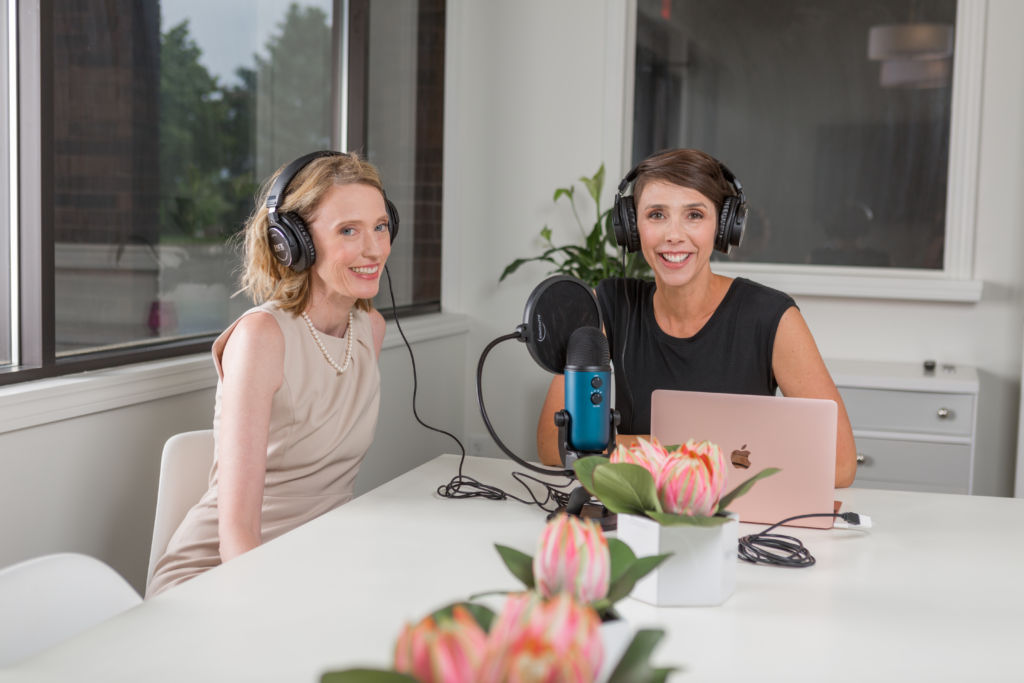
Today we talk to Co-Owner of Gold Coast Doulas, Alyssa Veneklase, about sleep consultations. She talks about some common misconceptions and why her consultations are different. She says each sleep plan is unique and based on the individual family’s goals. Who knew you could still breastfeed and co-sleep if you want, all while getting […]
Sleeping Through the Holidays

Right when you get your child on a good schedule something inevitably comes up that makes it difficult to stay on track. We just went through the dreaded daylight savings (the worst for adults too!). Right now we are in the midst of the holidays. Here are some sleep tips for keeping your children’s sleep […]
Newborn Sleep Tips
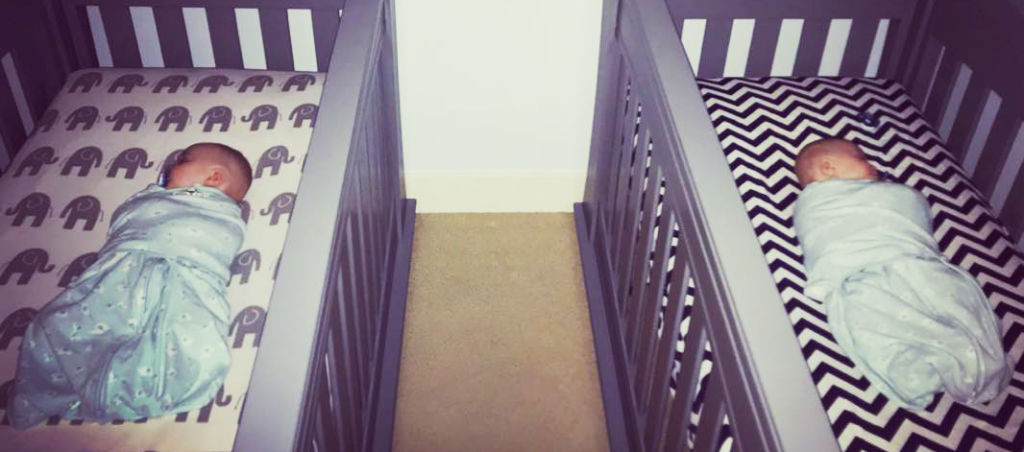
As a sleep consultant, I get asked often how early you can sleep train a baby. My answer is this – Most babies are ready around 12 weeks, but it’s never too early to start introducing heathy habits to make the sleep training go smoothy when baby is ready. Why 12 weeks? Most babies are […]
Podcast Episode #25: EcoBuns Baby Registry

On this episode of Ask the Doulas, Alyssa talks with Marissa, the owner of EcoBuns, about her boutique baby store. You’ll also learn about the new opportunity to register for Gold Coast services! You can listen to this complete podcast episode on SoundCloud or iTunes. Alyssa: Hello, and welcome to another episode of Ask […]
Podcast Episode #17: How to Find a Babysitter You Trust
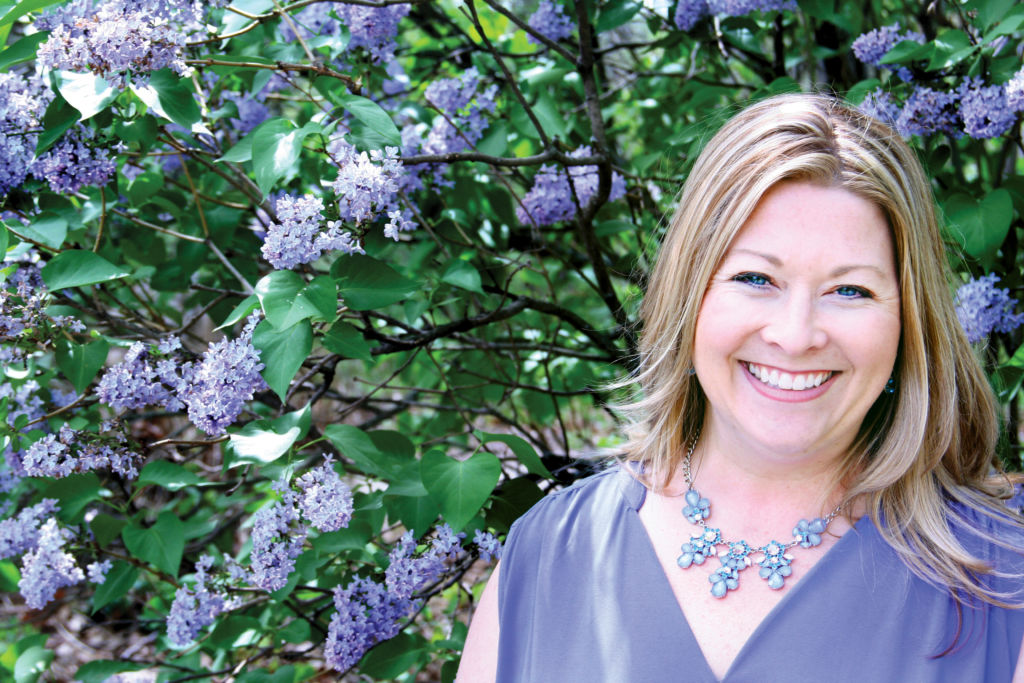
On this episode of Ask the Doulas, Alyssa and Cindy talk about how to find a babysitter that you trust to watch your kids. You can listen to this entire podcast epidode on iTunes and Soundclound. Alyssa: Hi, welcome to another episode of Ask the Doulas. I am Alyssa, and I’m here with Cindy from […]
Sleep Training is a Four Letter Word

Sleep Training. Those two words can stir up some pretty aggressive emotions for some parents. I guess it’s because there are so many methodologies, many of which are controversial, and there are so many different thoughts on parenting and what is right and wrong. My answer is there’s no one way to do this! If […]
Podcast Episode #5: Why Choose Natural Products for Your Baby’s Body?

In this episode of Ask the Doulas, Cindy and Alyssa talk about the benefits of choosing natural care products for your baby and your household. You can listen to the complete podcast on iTunes. Alyssa: Hi, welcome to Ask the Doulas with Gold Coast Doulas. Today we are talking to Cindy, creator and owner of […]
Can My Body Make Enough Milk for My Baby?
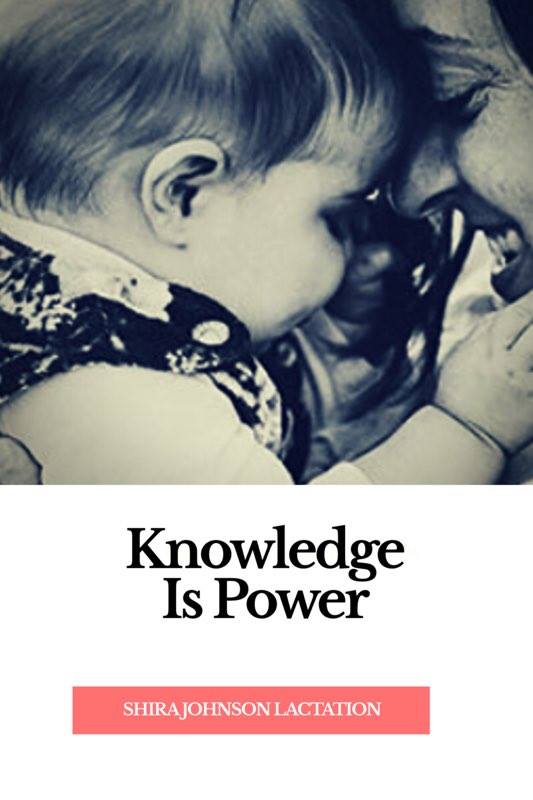
We are pleased to present a guest blog by Shira Johnson, IBCLC. Can My Body Make Enough Milk for My Baby? Fact: Most breastfeeding mothers, at one time or another, worry about their milk supply. They wonder whether their body will make enough milk for their baby, if their supply will last. Not surprising, since […]

